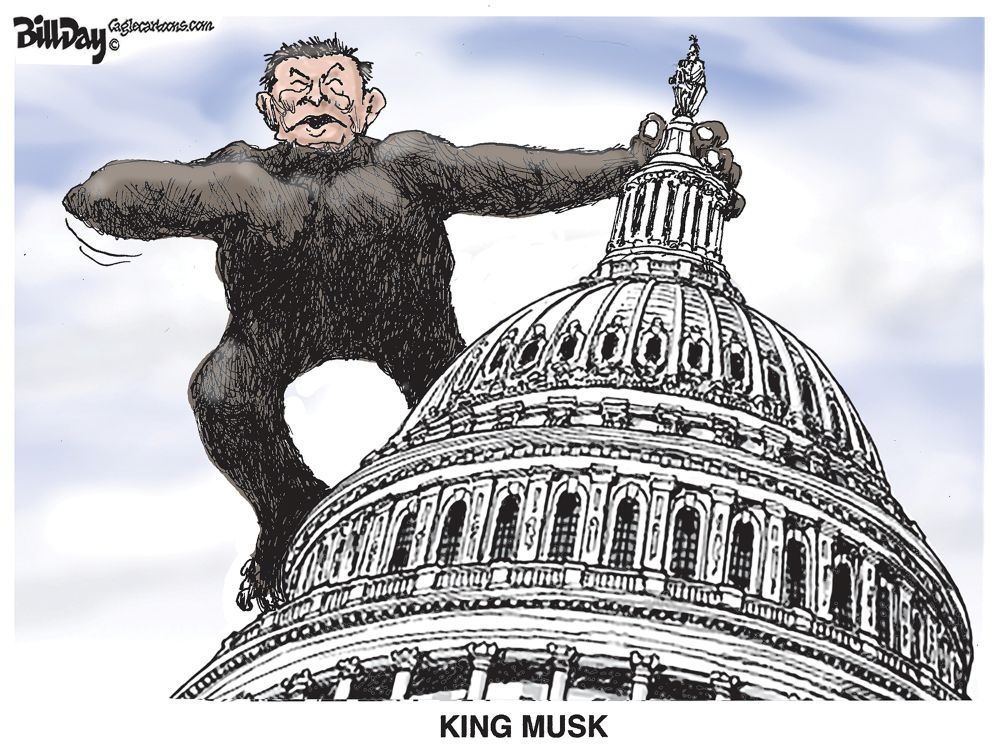By Neal Peirce, Citiwire.net:
What can high technology do to help cities confront their thorniest problems — from police strategies to water systems, traffic control to waste disposal?
A group of high technology firms, led by IBM and Cisco, are plunging into the city management business. In varied forms, they offer super-efficient new-generation computerized information and control systems.
If the systems prove out — and first signs are positive — the companies stand to garner billions of dollars in business. But savings for cities, measured by dollars, by livability, by human lives protected, may be far greater.
IBM already reports over 2,000 “Smarter Cities” programs in cities worldwide. A lead example is Memphis. The city faced the dilemma of shrinking budgets even while crime — especially violent crime — was rising. Though 2,000 officers were responding to some 1 million calls a year, there was scant time to “connect dots” of incidents and develop strategies.
IBM’s solution (working with the University of Memphis’ Department of Criminology) was to apply “predictive analytics” software to compile volumes of crime records by type, time of day, victim/offender characteristics and more.
Now Memphis has a new “Real Time Crime Center” that’s able to pinpoint and relate crime incidents in seconds, to predict hot spots and redeploy police officers with high efficiency. Robberies, burglaries and forcible rapes have fallen to their lowest rate in a quarter century. Several million dollars in savings are being reported. And IBM has sharpened crime tracking and control software it can offer to cities elsewhere.
IBM’s urban initiatives, explains Gerard Mooney, now the company’s general manager for Global Smarter Cities, began six years ago as the computer giant looked to future business opportunities. Thousands of IBM employees took part in a 72-hour “Innovation Jam” to pinpoint promising target areas. Topping their list: smarter utilities, water systems, public safety and transportation.
And where were most of those issues focused? Yes, it was cities — the fast-growing, economic engines of our time. Yet cities are often burdened with bureaucracies drowning in data. So Sam Palmisano, then IBM’s CEO, put up a $100 million fund to sponsor teams to investigate and build the firm’s urban business. “First-of-a-kind” projects began to emerge — in smart grids, smart roadway traffic control systems, innovations in public safety, health care and advanced water management.
IBM’s most exciting current project is in Rio de Janeiro. That Brazilian city is plagued by flash floods and serious landslides along the steep mountains that frame the famed center city and beachfront. A severe storm in April 2010 caused 212 deaths and made 15,000 people homeless.
Now IBM has provided Rio with computing power for a city operations center designed to help meteorologists, police and over 30 other city departments both predict the danger of, and respond rapidly to emergencies. The high-resolution weather system, called “Deep Thunder,” combines standard tracking of incoming storms with a path-breaking process — Mooney describes it as “deep computing” — that’s also able to predict an oncoming storm’s likely intensity.
 Command Center for Emergency Response in Rio de Janeiro
Command Center for Emergency Response in Rio de Janeiro
That intelligence can then be correlated with sensor systems on hillsides that determine soil stability and landslide danger. Timely alerts should make it possible to warn residents in advance of storms, to close down streets, mobilize ambulances, and turn off electric power to prevent electrocutions.
Workers from the many departments in Rio’s city operations center wear NASA-style uniforms to underscore their collegiality — a symbol of what the new integrated, high-tech systems can do to bust the silos that perennially plague smooth service delivery in cities worldwide. The Rio system’s also connected to the mayor’s home so that even in deep night hours he can be in high speed communications that make it seem he’s in the room.
As the global cities market opens, there’s as much sign of collaboration as competition among the interested corporations. IBM and Cisco, for example, are collaborating not just on the Rio breakthroughs but several billion dollars of technology and services worldwide yearly.
IBM’s specialty is analysis of vast amounts of data, integrating multiple software systems to enable “smart” city management. Cisco, by contrast, has clear software interests but focuses more on supplying cities with the actual instrumentation — the technology building blocks for increasingly “wired,” sensor-rich cities. In one form or another, such multinational firms as Siemens, ARUP, AECOM and Philips aim to develop their own niches — and already work on occasion with IBM and Cisco on this new technology frontier. All recognize the steps taken so far are in the infant stages of what integrated solutions development may eventually be.
For mayors and councils, all this comes on with dizzying speed. Their first challenge is to strategize smartly with the techno-wizard firms (and remember they have lots of underutilized wired and wireless networks already in their cities). But they have an even greater challenge: not to miss out on the dramatic benefits — fiscal, administrative and human — that this new technology promises.


